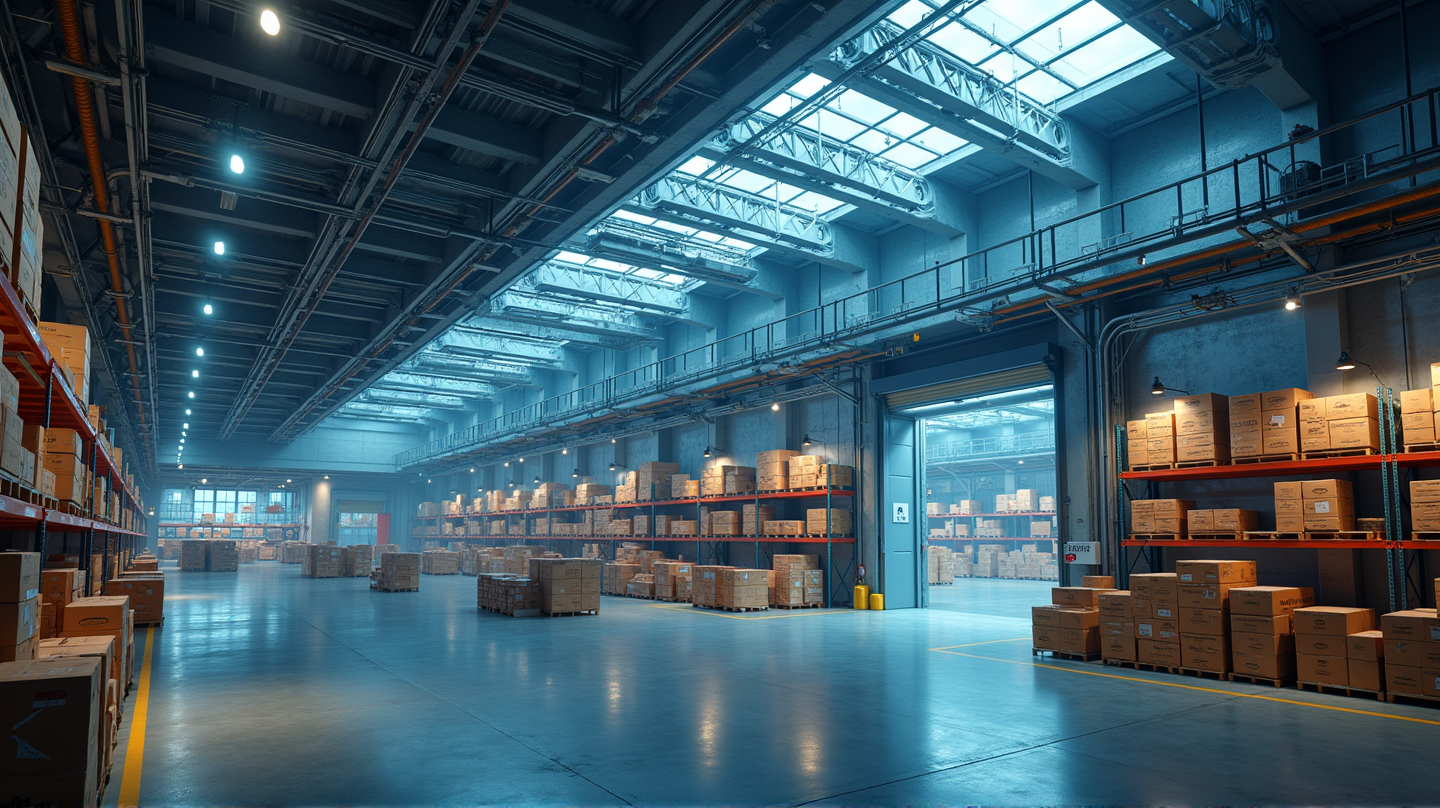Explosive Projections: Warehouse Freight Elevator Market Soars to USD 5.74 Billion by 2034
The warehouse freight elevator market is set to exceed USD 5.74 Billion by 2034, fueled by IoT innovations, energy efficiency, and the rise of e-commerce.

In an era where efficiency is king, the warehouse freight elevator market is ascending to unprecedented heights, set to leap from USD 3.81 Billion in 2025 to USD 5.74 Billion by 2034. This evolution is largely driven by the relentless demand for high-capacity vertical transportation solutions that cater to expansive warehouses and the burgeoning e-commerce industry.
Revolutionizing Vertical Transport
Imagine a future where every warehouse is seamlessly connected with IoT-enabled systems, capable of real-time monitoring and predictive maintenance. This is the trajectory of the warehouse freight elevator market, where the integration of smart technologies enhances operational efficiency and reduces manual labor. With automated storage and retrieval systems, these elevators become the lifeline of modern logistics, enabling the swift passage of goods across multiple levels with precision and safety.
The Power of Next-Gen Innovations
What sets the current market apart is its embrace of cutting-edge innovations. Energy-efficient elevators are rising in popularity, aligning with global sustainability goals. These models not only cut energy consumption but also provide a greener footprint, a crucial requirement as industries strive for eco-friendliness. As stated in GlobeNewswire, the melding of technology and environmental stewardship is shaping the future framework of freight elevator solutions.
Adapting to E-Commerce Demands
With the e-commerce sector’s growth trajectory showing no signs of slowing, the need for robust, reliable freight elevators is more pressing than ever. Companies are venturing beyond traditional designs, seeking customized solutions to meet specific logistical challenges. This shift propels manufacturers to focus on modular systems that are both quick to install and resilient to the ever-growing needs of the supply chain.
Envisioning Global Expansion
Beyond technological advancements, the market is set to gain traction in developing regions. As infrastructure projects in Asia-Pacific and other emerging markets accelerate, there is a growing appetite for state-of-the-art freight elevators. These regions present fertile ground for manufacturers ready to tap into new opportunities, positioning themselves as leaders in this dynamic landscape.
A Collaborative Future
Partnerships between elevator manufacturers and logistics companies are emerging as cornerstone strategies, enhancing supply chain solutions and driving innovation. Staying competitive requires continuous improvements in cost-effectiveness and product reliability, ensuring these elevators meet the highest industry standards and regulations.
As the warehouse freight elevator market scales new heights, those poised to innovate and adapt will undoubtedly reap the rewards, steering the future of vertical transportation towards a more connected, efficient universe.